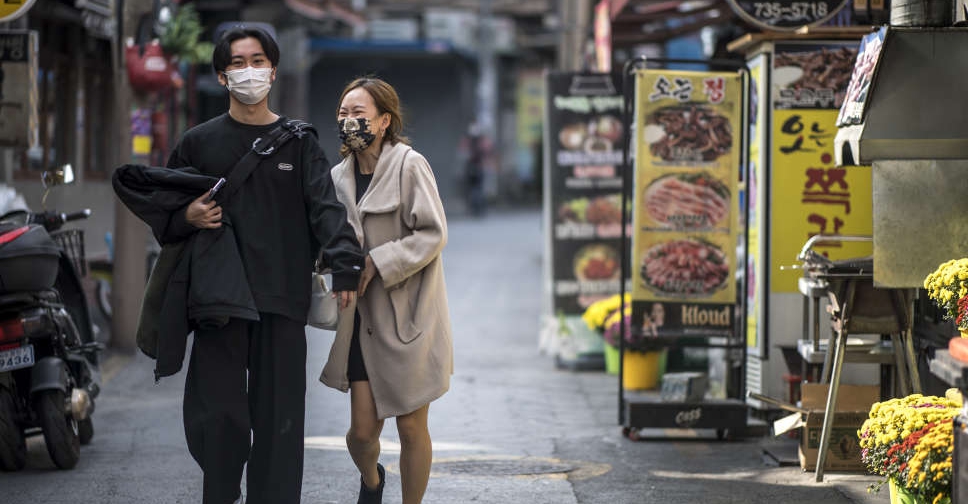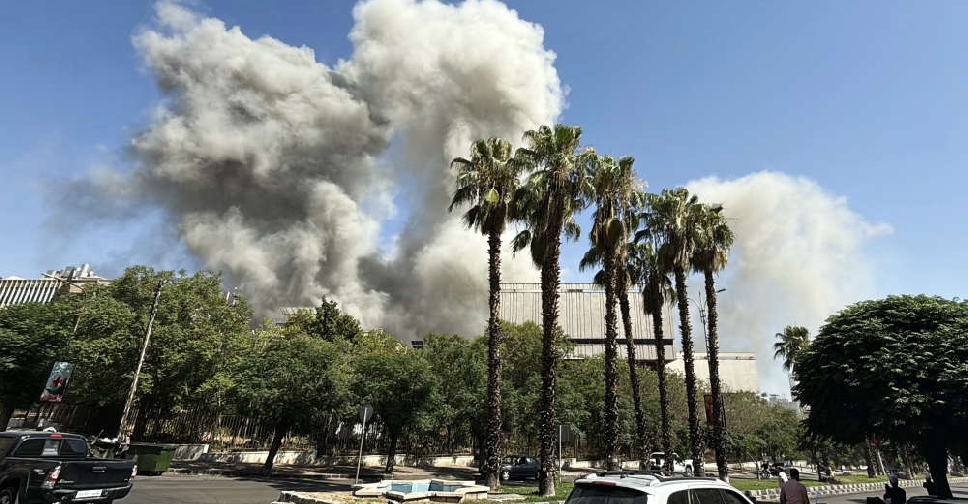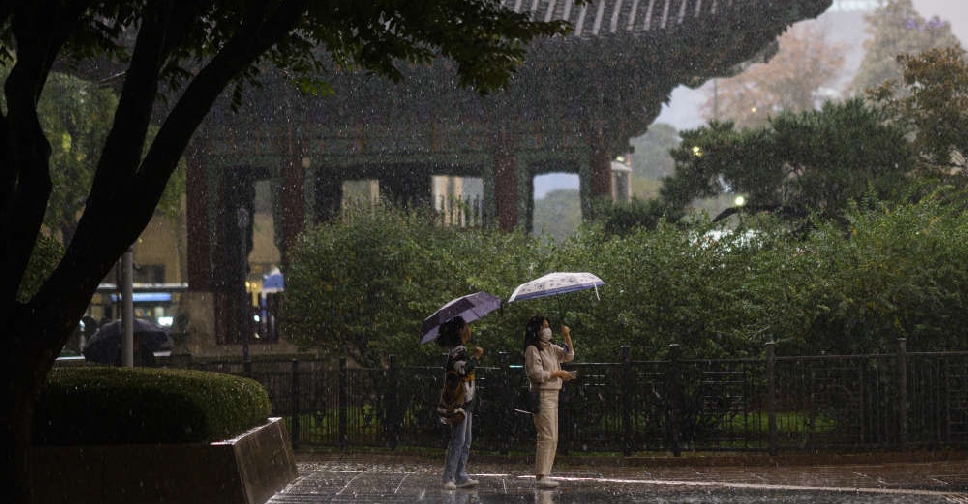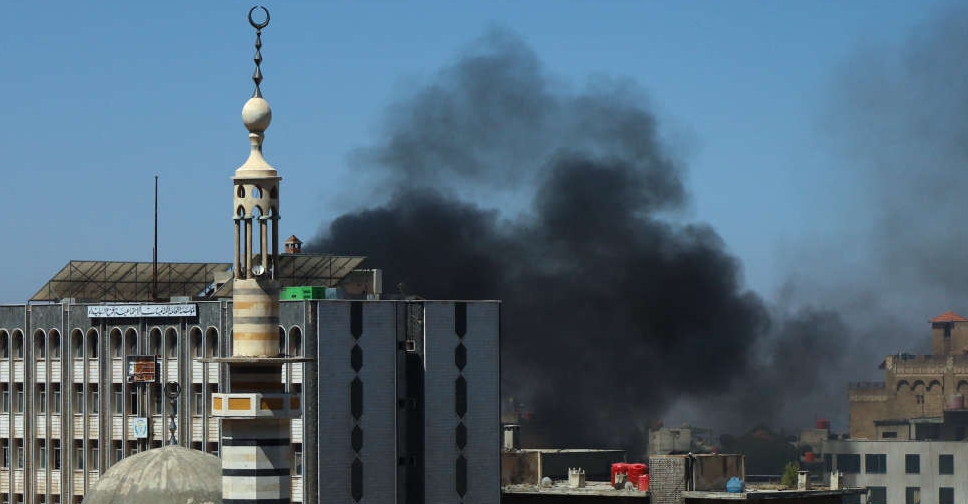
New rules aimed at moving South Koreans toward "living with COVID-19" came into effect on Monday, with the easing of a range of curbs and the introduction of vaccine passports at high-risk venues such as gyms, saunas and bars.
The switch of focus comes as more than 75 per cent of the country's population has been fully vaccinated. The first phase of the revised rules is due to last for a month, with plans to scrap all restrictions by February.
"The return path to everyday life, to which we're taking the first step today, is a path we've never been on," Health Minister Kwon Deok-cheol told an infra-agency COVID-19 meeting.
He asked people to keep wearing masks, regularly ventilate rooms and get a test if symptoms emerge, noting that there are still concerns about a potential resurgence of new cases due to risk factors such as unvaccinated people, future declines in immunity among the vaccinated, and year-end gatherings.
While never under lockdown, South Korea has been battling a fourth wave of infections since July, when the government imposed tighter gathering and social distancing restrictions.
Among a raft of changes, operating hour curfews on restaurants and cafes were lifted, and outdoor sports events will be allowed to host spectators at 50 per cent of capacity.
Up to 100 people can attend musicals or concerts regardless of vaccination status, while gyms will no longer have to limit treadmill speeds or ban playing music with high beats per minute during group exercises.
However, visits to high-risk venues such as night clubs, indoor gyms, saunas and karaoke bars will require proof of vaccination, or a negative COVID-19 test result from within 48 hours.
Health ministry spokesman Son Young-rae said the number of new cases could double or triple in coming weeks. The medical system was designed to cover up to 5,000 new cases a day, but if the numbers rose to near 10,000, the government would halt the easing process and take emergency measures, Son said.
South Korea reported 1,686 new COVID-19 cases as of Sunday, for a total of 366,386, with 2,858 deaths overall.




 Israel strikes Damascus as fighting rages in southern Syria
Israel strikes Damascus as fighting rages in southern Syria
 Fire at mall in Iraq leaves at least 60 dead
Fire at mall in Iraq leaves at least 60 dead
 South Korea lashed by heavy rain, two dead and more than 1,000 evacuated
South Korea lashed by heavy rain, two dead and more than 1,000 evacuated
 Clashes resume in Syria's Druze city of Sweida, Israel vows more strikes
Clashes resume in Syria's Druze city of Sweida, Israel vows more strikes



